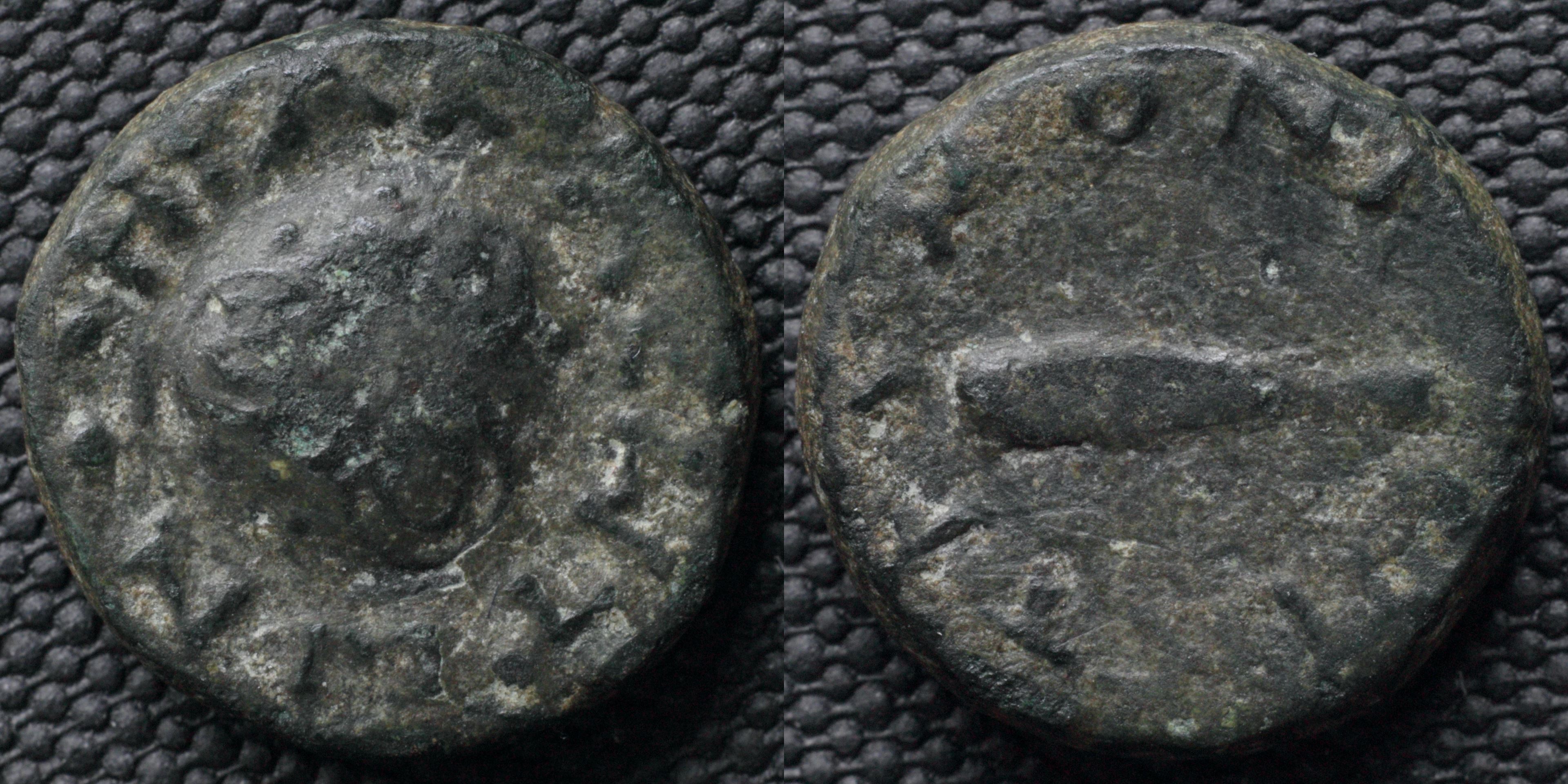Heraclea Sintica was an ancient Greek polis built by Philip II of Macedon. It was located in Thracian Macedonia, in the region of Sintice, to the east of the Strymon river.
The polis was identified in 2002 by Assoc. Prof. Georgi Mitrev after the accidental discovery of a large Latin inscription, which turned out to be a letter from Galerius and Maximinus II to the Herakleians in response to their request to reclaim lost city rights.
In the excavations, which began in 2007, a large studio for producing ceramic masks for an unknown and as yet undiscovered ancient theatre was discovered.
The polis was identified in 2002 by Assoc. Prof. Georgi Mitrev after the accidental discovery of a large Latin inscription, which turned out to be a letter from Galerius and Maximinus II to the Herakleians in response to their request to reclaim lost city rights.
In the excavations, which began in 2007, a large studio for producing ceramic masks for an unknown and as yet undiscovered ancient theatre was discovered.
Modern location: Rupite, Bulgaria
(1)
Heraclea Sintica

An
AE
unit
struck c. 100-50 BC
in
Heraclea Sintica
Obverse: macedonian shield; ·HPAKΛEWTWN·
Reverse: club; EΠI CTPYMONI
Diameter:
14 mm
Die Orientation: -
Weight: 3.86 g
Die Orientation: -
Weight: 3.86 g
No notes for this coin
SNGCop 185
